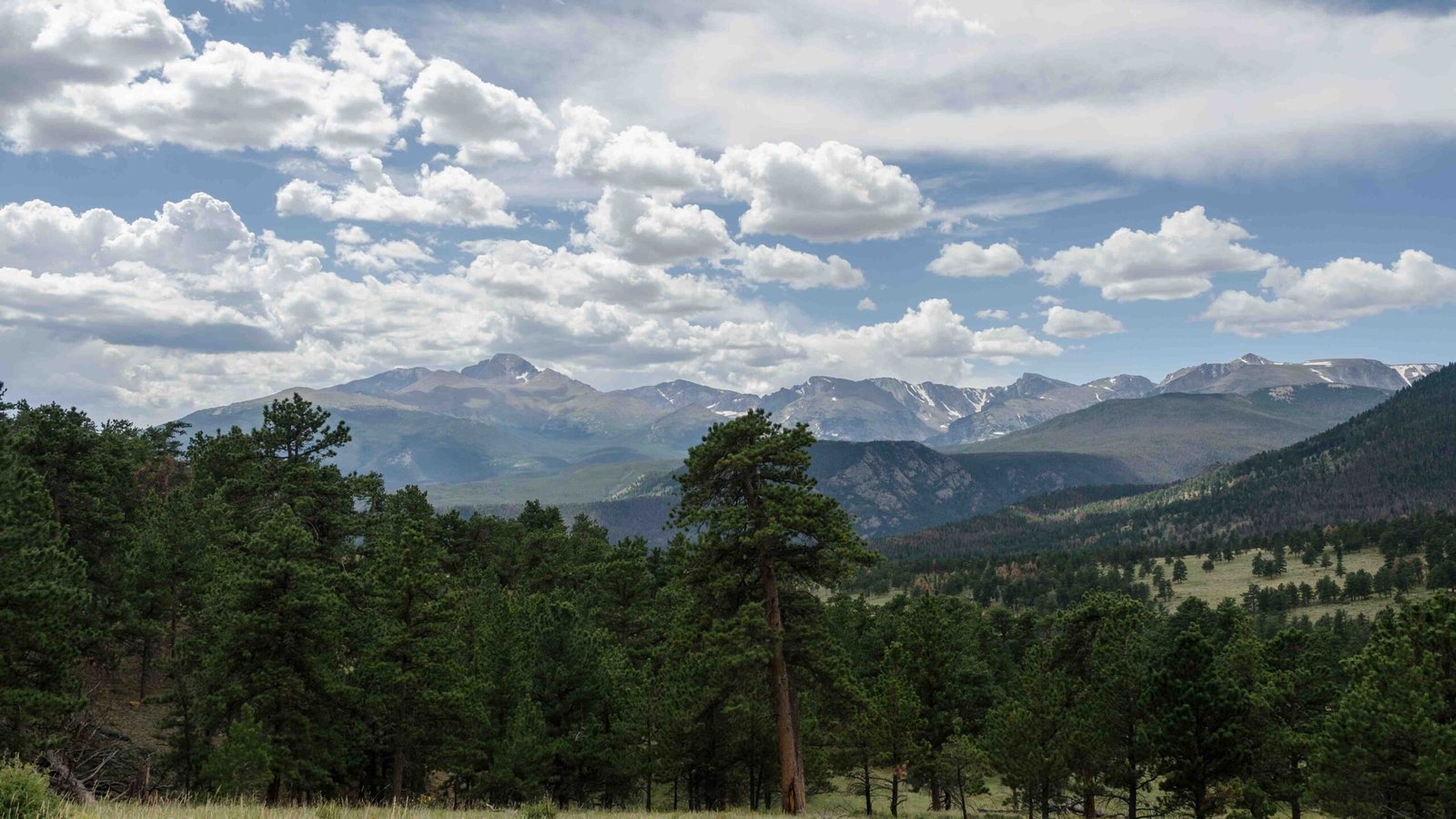Rocky Mountain National Park faces significant environmental challenges due to climate change. The park has experienced a 3.4°F increase in average annual temperature over the last century, leading to earlier snowmelt, altered precipitation patterns, and ecosystem disruptions. These changes affect wildlife habitats, water resources, and forest health, posing serious threats to the park’s biodiversity and natural beauty.
What Are the Major Climate Change Impacts on Rocky Mountain National Park?

Climate change is reshaping Rocky Mountain National Park’s environment in several ways:
- Temperature rise of 3.4°F over the last century
- Earlier snowmelt by 2-3 weeks compared to 40 years ago
- Altered precipitation patterns with more intense weather events
- Increased risk of wildfires
- Changes in ecosystem dynamics
These impacts have far-reaching consequences for the park’s flora, fauna, and overall ecological balance.
How Does Climate Change Affect Water Resources in the Park?

The changing climate significantly impacts water resources in Rocky Mountain National Park:
- Earlier Snowmelt: Snow now melts 2-3 weeks earlier than it did 40 years ago.
- Water Availability: Premature snowmelt creates challenges for species dependent on consistent water supply.
- Soil Moisture: Despite potential increases in precipitation, warmer temperatures are expected to lead to drier soils due to increased evaporation and transpiration.
These changes affect not only the park’s ecosystems but also downstream water users who rely on the park’s watersheds.
What Are the Consequences of Pine Beetle Infestations?
Pine beetle infestations, exacerbated by warmer temperatures, have had devastating effects on the park’s forests:
- Over 90% of forested areas affected
- Significant tree mortality
- Altered forest composition
- Changed habitat dynamics for various species
The widespread tree death not only transforms the landscape but also impacts the entire ecosystem, from soil composition to wildlife habitats.
How Are Wildlife Populations Affected by Climate Change?
Climate change poses significant threats to various wildlife species in Rocky Mountain National Park:
| Species | Impact |
|---|---|
| American Pika | At risk of extinction by 2100 due to rising temperatures |
| White-tailed Ptarmigan | Experiencing population decline |
| Elk and Deer | Habitat changes affecting grazing patterns |
| Alpine Species | Threatened by shifting temperature zones |
The park’s diverse wildlife faces challenges in adapting to rapidly changing environmental conditions, potentially leading to local extinctions and biodiversity loss.
What Measures Are Being Taken to Address Water Quality Issues?
Rocky Mountain National Park is implementing several measures to address water quality concerns:
- Nitrogen Pollution Monitoring: High concentrations of nitrogen from coal-fired power plants and agriculture are being tracked.
- Loch Vale Watershed Project: This scientific inquiry monitors water quality and other environmental parameters.
- Air Quality and Nitrogen Reduction Plans: Collaborative efforts with state and federal agencies aim to reduce nitrogen levels and protect ecosystems.
- Wetland Protection: Strategies to safeguard wetlands from invasive species and water quality changes are being developed.
These initiatives aim to preserve the park’s water resources and the ecosystems they support.
How Is the Park Adapting to Changing Forest Dynamics?
To address the changing forest dynamics, park managers are implementing several strategies:
- Aggressive Replanting: Consideration of more resilient tree species to maintain forest health.
- Long-term Research: Ongoing studies to understand and anticipate future climate change impacts.
- Collaborative Management: Working with partners and the public to develop adaptive strategies.
- Wildfire Management: Implementing measures to mitigate the increased risk of wildfires.
These efforts aim to preserve the park’s forest ecosystems and their vital role in the broader environment.
What Are the Challenges in Preserving Alpine Habitats?
Preserving alpine habitats in Rocky Mountain National Park faces several challenges:
- Rising temperatures threatening high-elevation species
- Changing snowpack conditions affecting water availability
- Potential loss of unique alpine flora and fauna
- Increased vulnerability to invasive species
Park managers are focusing on monitoring these fragile ecosystems and developing strategies to mitigate the impacts of climate change on alpine habitats.
How Can Visitors Contribute to Conservation Efforts?
Visitors to Rocky Mountain National Park can play a crucial role in conservation efforts:
- Practice Leave No Trace principles
- Stay on designated trails to protect vegetation
- Properly dispose of waste and recycle when possible
- Observe wildlife from a safe distance
- Participate in park-sponsored educational programs
- Support conservation organizations working in the park
By being responsible visitors, tourists can help preserve the park’s natural beauty and ecological integrity for future generations.
What Future Research Is Needed to Address Environmental Issues?
To better address the environmental issues in Rocky Mountain National Park, future research should focus on:
- Long-term climate change impacts on specific ecosystems
- Adaptive strategies for vulnerable species
- Water resource management in changing climate conditions
- Forest resilience and regeneration post-beetle infestation
- Innovative conservation techniques for alpine habitats
- Human impact studies and sustainable tourism practices
Continued scientific inquiry is essential for developing effective conservation strategies and preserving the park’s unique environment.
Rocky Mountain National Park faces complex environmental challenges due to climate change. From rising temperatures and altered precipitation patterns to invasive species and habitat degradation, the park’s ecosystems are under significant stress. However, through ongoing research, adaptive management strategies, and public engagement, efforts are being made to mitigate these impacts and preserve the park’s natural wonders for future generations.
References:
- https://www.mycoloradoparks.com/park/conservation/climate-change-affects-rocky-mountain-national-park/
- https://www.cpr.org/2016/08/02/why-climate-change-may-spell-trouble-for-rocky-mountain-national-park-lakes/
- https://www.nps.gov/articles/000/historical-and-future-climate-patterns-at-rocky-mountain-national-park-some-biological-implications.htm
